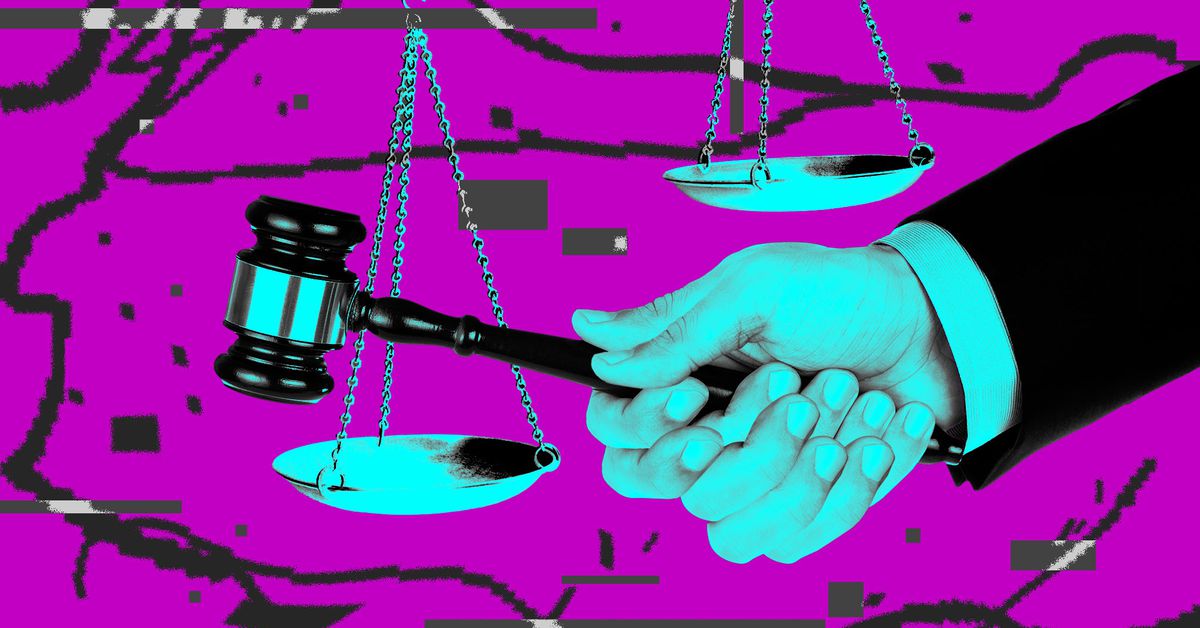A bipartisan group of senators introduced a new bill to make it easier to authenticate and detect artificial intelligence-generated content and protect journalists and artists from having their work gobbled up by AI models without their permission.
The Content Origin Protection and Integrity from Edited and Deepfaked Media Act (COPIED Act) would direct the National Institute of Standards and Technology (NIST) to create standards and guidelines that help prove the origin of content and detect synthetic content, like through watermarking. It also directs the agency to create security measures to prevent tampering and requires AI tools for creative or journalistic content to let users attach information about their origin and prohibit that information from being removed. Under the bill, such content also could not be used to train AI models.
Content owners, including broadcasters, artists, and newspapers, could sue companies they believe used their materials without permission or tampered with authentication markers. State attorneys general and the Federal Trade Commission could also enforce the bill, which its backers say prohibits anyone from “removing, disabling, or tampering with content provenance information” outside of an exception for some security research purposes.
(A copy of the bill is in he article, here is the important part imo:
Prohibits the use of “covered content” (digital representations of copyrighted works) with content provenance to either train an AI- /algorithm-based system or create synthetic content without the express, informed consent and adherence to the terms of use of such content, including compensation)



I don’t think that’s the kind of watermark being talked about here, Kol.
The National Institute of Standards and Technology would be called upon to, quoted from the COPIED ACT Summary, facilitate development of guidelines for voluntary, consensus-based standards and for detection of synthetic content, watermarking and content provenance information, including evaluation, testing and cybersecurity protection. I believe we’re talking about the unseen, math-y, certification and (I imagine) cryptography kind of digital watermark, not the crappy visual edits made by iFunny and co.
In fact, since it also says:
The content in question might reach e.g. iFunny already “signed” and they wouldn’t be able to remove that.
Of course, I’m saying this without actually fully understanding what fits under covered content (digital representations of copyrighted works). Does my OC on deviantart count as covered content? I think so, but I couldn’t tell you for certain. If anyone can help me understand this, please, that’d be really nice.
And finally, as was already said by others, I think this does nothing about all the crap companies already did to artists, since the law can’t affect them retroactively. It’s not that cool for small artists, since they’ll still be abused, except big tech would have the legal monopoly on abuse.
I mean no disrespect by this: did you read the article? I’m genuinely curious how you got the iFunny idea.
That is any digital representation of any copyrighted content. If it’s on DeviantArt, it is a digital representation. By creating something, you own the copyright. A notable exception is when you do the work for hire, in which case it probably belongs to your employer. (Or if the work lacks human creativity, in which case it is public domain.)
Anything on DeviantArt is almost certainly covered content, with the possible exception of AI generated images, or re-uploads of public domain content.
For reference: https://www.law.cornell.edu/uscode/text/17/102
Thank you for clarifying, and with a reference, too. That’s pretty much what I thought. It’s great to have confirmation, though.